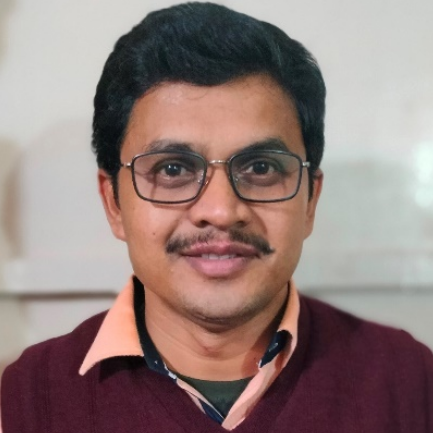
Ajoy Kumar Khan
Work place: Mizoram University/Computer Engineering, Aizawl, 796009, India
E-mail: ajoyiitg@gmail.com
Website:
Research Interests: IoT
Biography
Dr. Ajoy Kumar Khan is presently serving as Professor and Head, Department of Computer Engineering, Mizoram University (A Central University under MHRD). He completed his B.Tech and M.Tech in Computer Science and Engineering from University of Calcutta and Ph.D from Assam University( A Central University ) , Silchar. He has more than 16 years teaching experience in the field of Computer Science and Engineering. Prof. Khan published more than 36 papers in the UGC listed Journal and more than 38 papers in conference proceedings or book chapters. He served as resource person in more than 22 conference / Seminar/ FDP. Prof. Khan successfully completed three research projects sponsored by DST, DeitY and UGC, Govt. of India. Three Ph.D scholars completed , 8 pursuing and 13 M.Tech scholars successfully completed their M.Tech thesis under his supervision .His research interest field is Applied Cryptography and Information Security like Smart Card Security, IOT security, SDN Security, Cloud Data Security, IDS, Digital Forensic etc.
Author Articles
An Efficient Approach for Detection of Compromised SDN Switches and Restoration of Network Flow
By Tinku Adhikari Ajoy Kumar Khan Malay Kule Subhajit Das
DOI: https://doi.org/10.5815/ijcnis.2024.05.05, Pub. Date: 8 Oct. 2024
In Software Defined Networking (SDN) the data plane is separated from the controller plane to achieve better functionality than the traditional networking. Although this approach poses a lot of security vulnerabilities due to its centralized approach. One significant issue is compromised SDN switches because the switches are dumb in SDN architecture and in absence of any intelligence it can be a easy target to the attackers. If one or more switches are attacked and compromised by the attackers, then the whole network might be down or defunct. Therefore, in this work we have devised a strategy to successfully detect the compromised SDN switches, isolate them and then reconstruct the whole network flow again by bypassing the compromised switches. In our proposed approach of detection, we have used two controllers, one as primary and another as secondary which is used to run and validate our algorithm in the detection process. Flow reconstruction is the next job of the secondary controller which after execution is conveyed to the primary controller. A two-controller strategy has been used to balance the additional load of detection and reconstruction activity from the master controller and thus achieved a balanced outcome in terms of running time and CPU utilization. All the propositions are validated by experimental analysis of the results and compared with existing state of the art to satisfy our claim.
[...] Read more.Other Articles
Subscribe to receive issue release notifications and newsletters from MECS Press journals